
Post updated December 19, 2011
It has come to our attention that photographer Donovan Wylie’s project, “Outposts”, published on LightBox October 13, 2011, contained digitally manipulated images. He has issued this statement:
“Certain images from my Outposts book and exhibition have been digitally manipulated. Neither TIME nor LightBox were aware of that prior to publication. Images in the above sequence were color corrected and desaturated, and at times peripheral elements were removed (either for aesthetic reasons or because of sensitivity to security issues) or compiled from other frames. For example, in the eighth picture in the sequence, vehicles were removed for security reasons; in the thirteenth picture, an intruding aerial was erased for aesthetic reasons; and in the eleventh picture, closer parts of the rock outcropping were added to the image from other photographs of the same location to increase foreground to background sharpness. I apologize to TIME for any confusion about my post-production methods. I believe the pictures, which were produced during a museum fellowship and develop my longstanding interest in the architecture of conflict, are an accurate representation of the transient military structures being depicted.”
Since the U.S.-led invasion of Afghanistan in the fall of 2001, NATO and Afghan troops have relied on outposts, tiny bases erected in some of the least hospitable terrain to ever see combat. The outposts are places of refuge; the troops sleep, fight and sometimes live behind their makeshift walls. Many are no bigger than a tennis court and could only hold perhaps a dozen troops at a time. To protect them from the bullets and rockets of their enemies, NATO troops built walls from tightly-stacked sandbags or Hesco barriers, wire mesh baskets they fill with dirt and rocks that absorb the projectiles.
Donovan Wylie’s new book, Outposts: Kandahar Province and an accompanying exhibition at the U.K.’s National Media Museum show us some of the tiniest such bases in the remote areas of southern Afghanistan. Built by Canadian and American troops over a five year stretch from 2006 to 2011, the photographs in Wylie’s collection explain the practical requirements of the outposts–they are often built on high ground with open fields of fire to overwatch troops patrolling below–and show the crude architectural beauty that accompanies structures designed for practicality and the limits of the terrain. In one photograph, a tiny collection of barriers stands on an escarpment just below a towering peak. Because of their temporary construction, these outposts aren’t likely to survive, as Hadrian’s Wall and Masada, which beckon visitors as remnants of ancient war. That is why photographs are so important—to document how the first war of the 21st century was waged, with the most sophisticated weaponry, often utilized from fortifications that have changed little throughout the centuries.
Donovan Wylie is a photographer with Magnum Photos. See more of his work here. Outposts: Kandahar Province will soon be published by Steidl. The accompanying exhibition will be on view at the National Media Museum in Bradford, the U.K. through Feb. 19.
Nate Rawlings is a reporter at TIME. Find him on Twitter at @naterawlings. Continue the discussion on TIME‘s Facebook page and on Twitter at @TIME.
MORE: Afghanistan: The Photographs That Moved Them Most
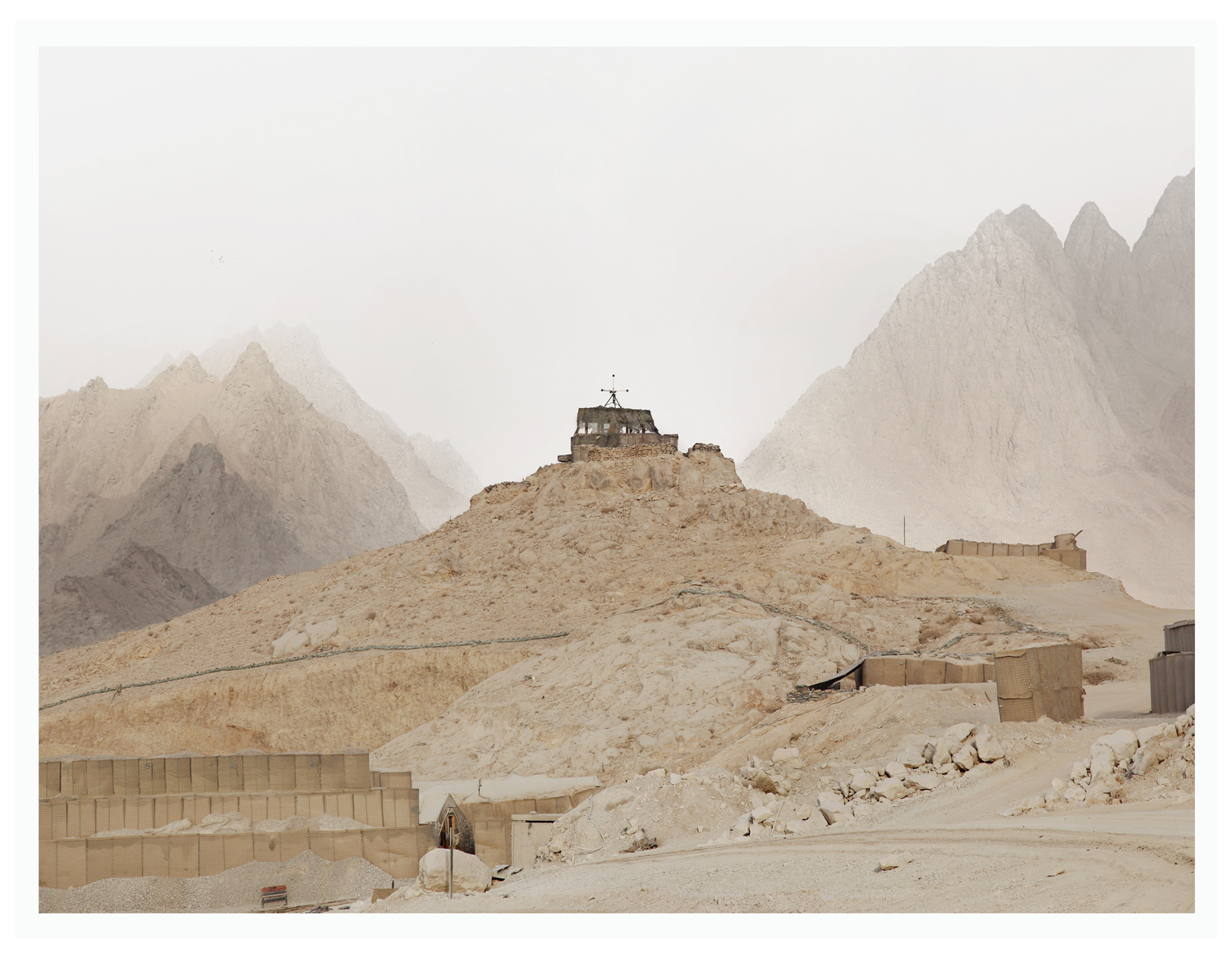
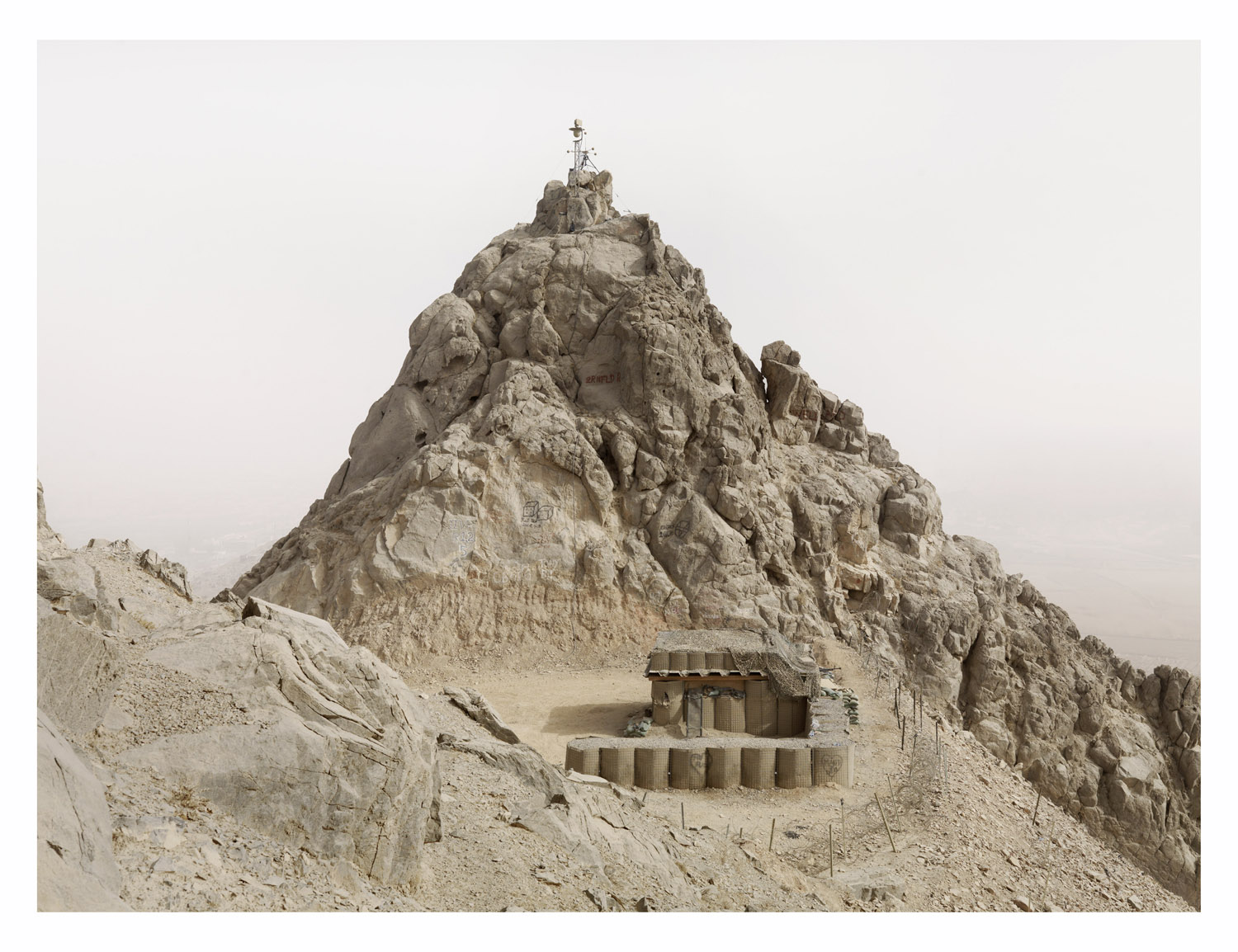
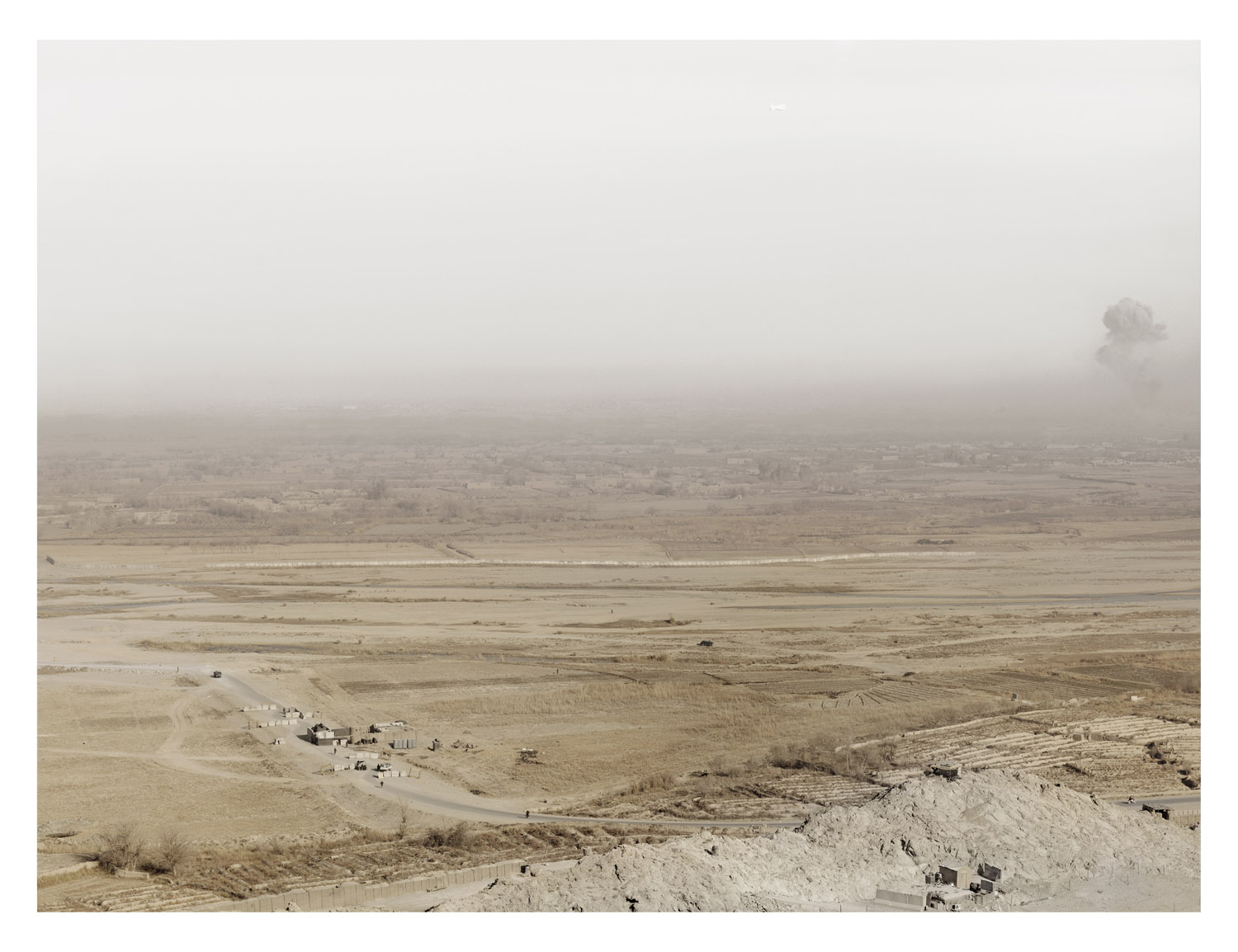
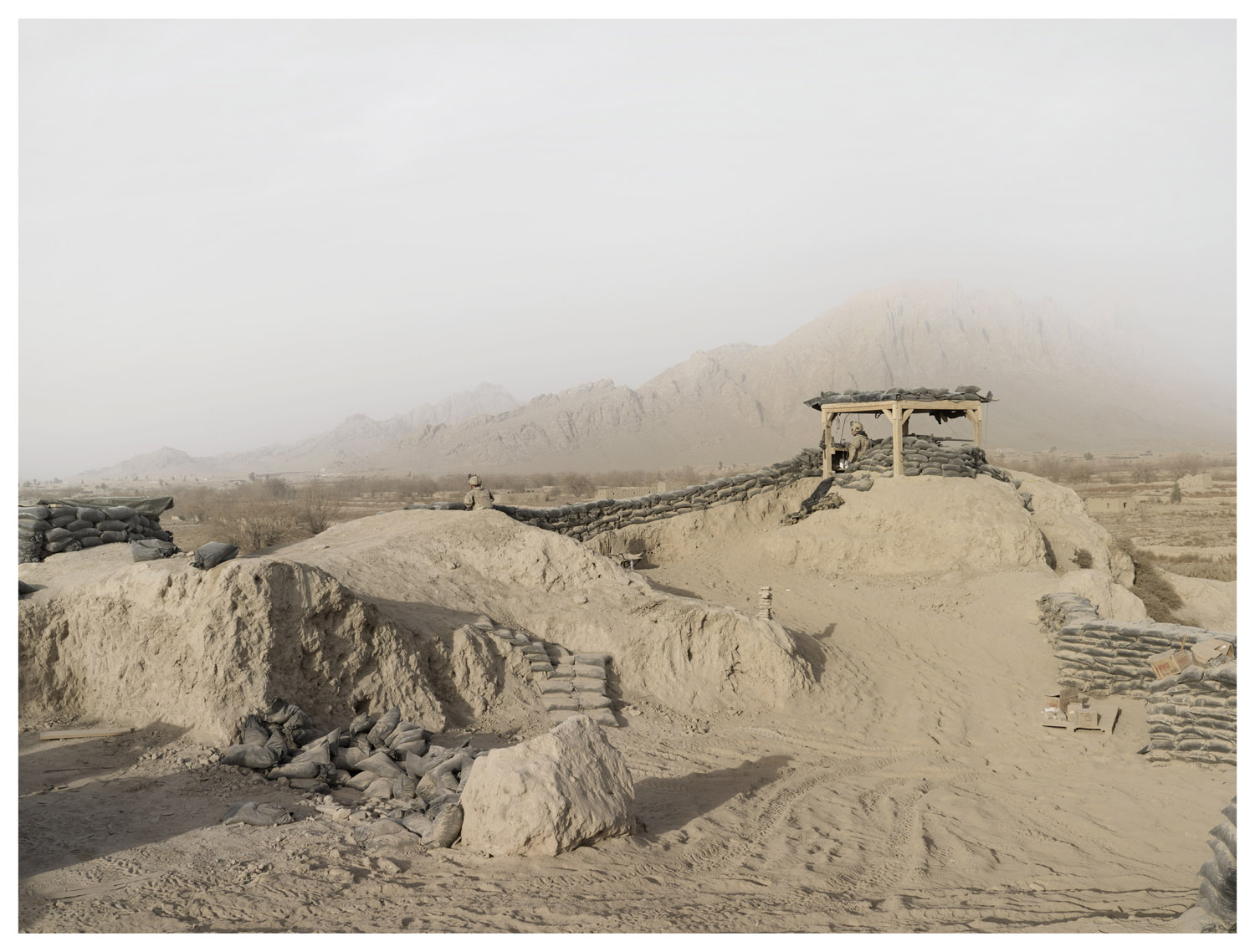

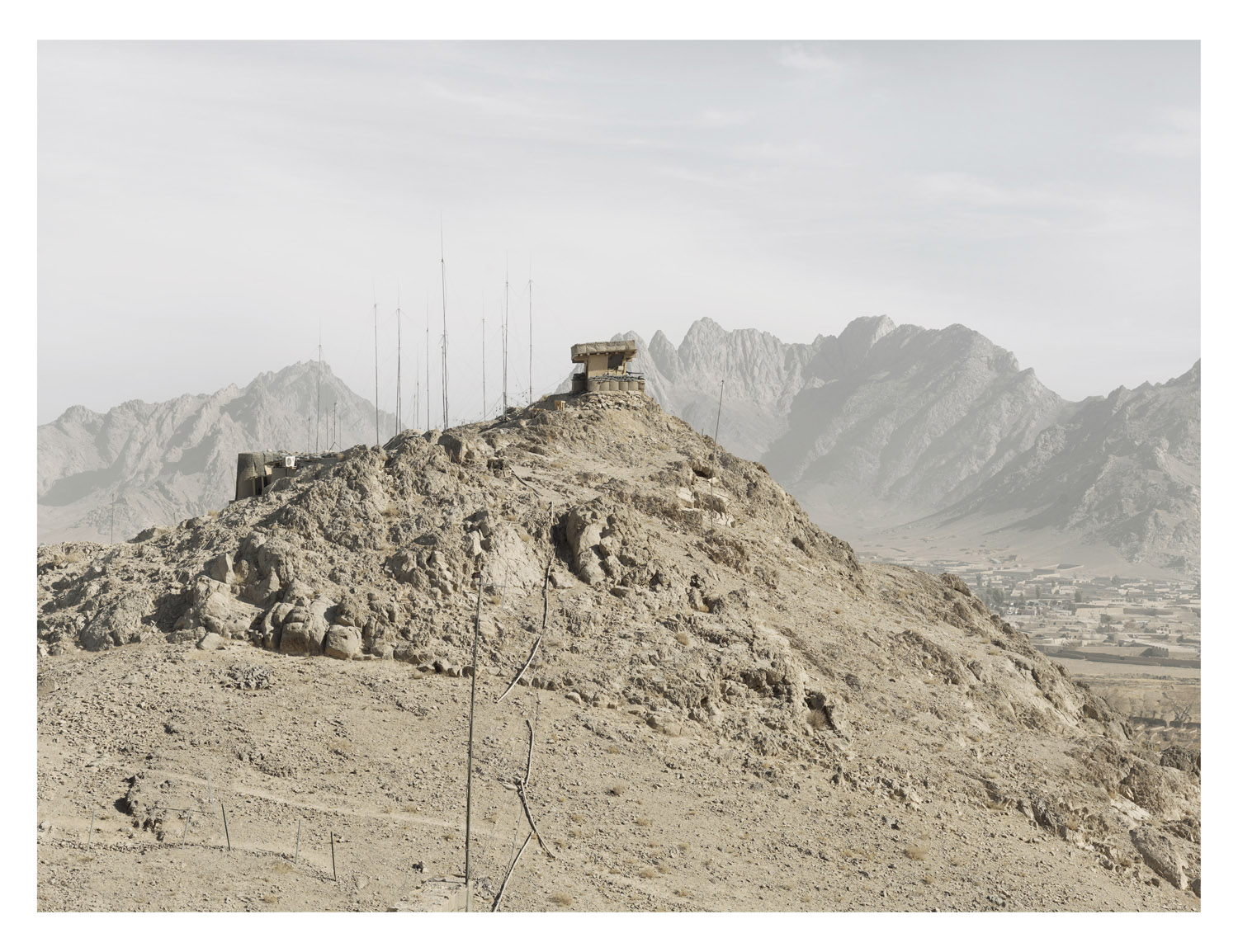
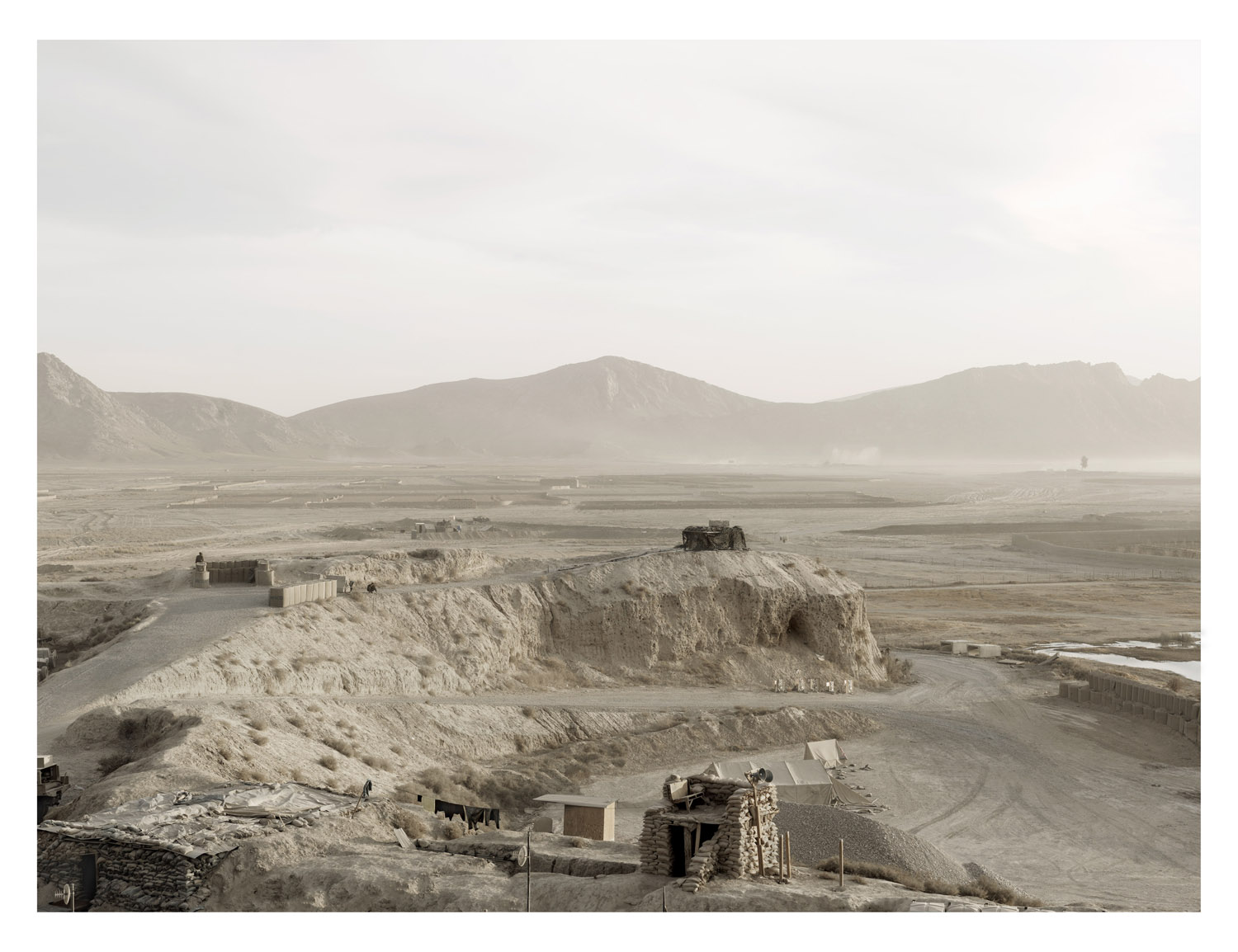

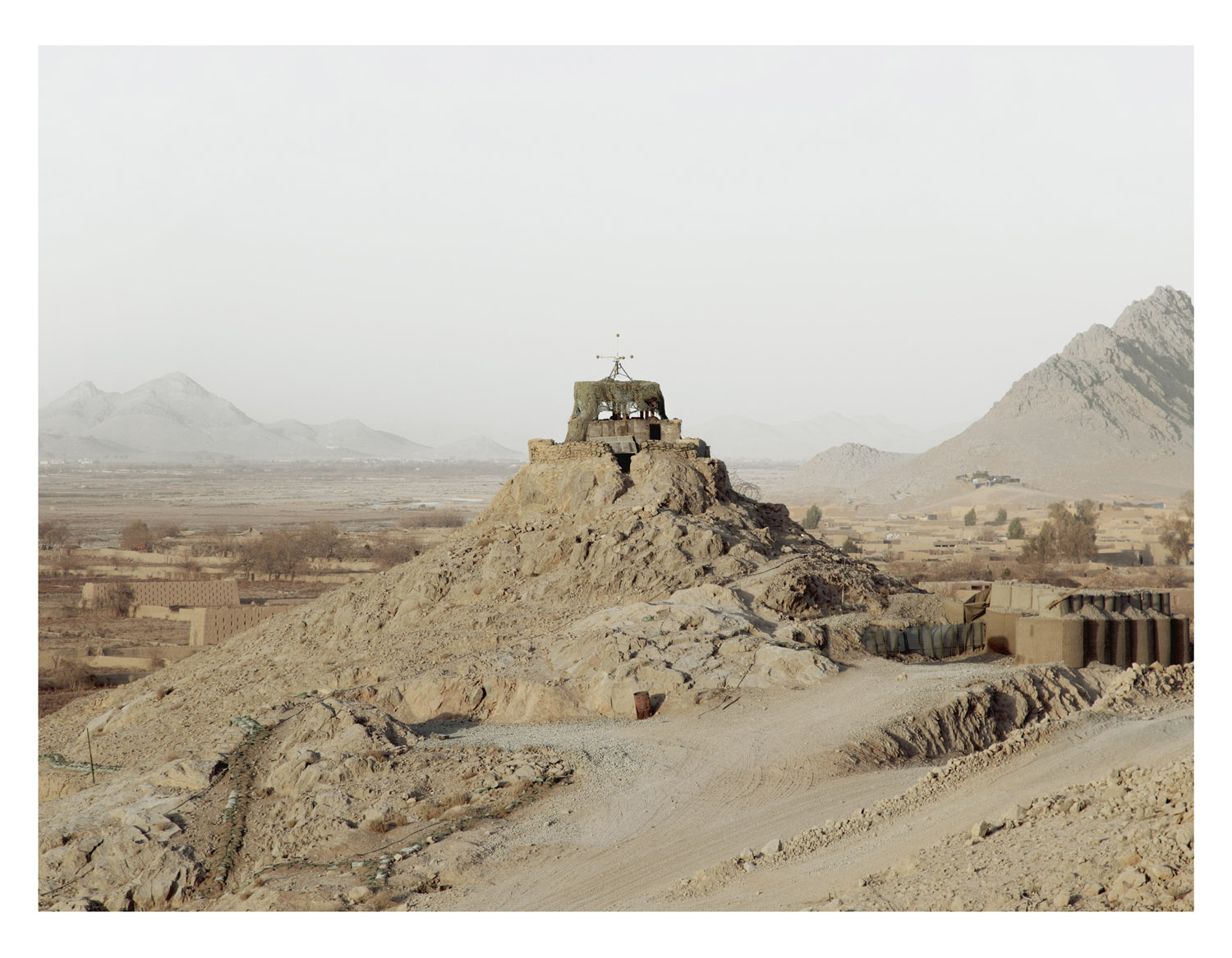
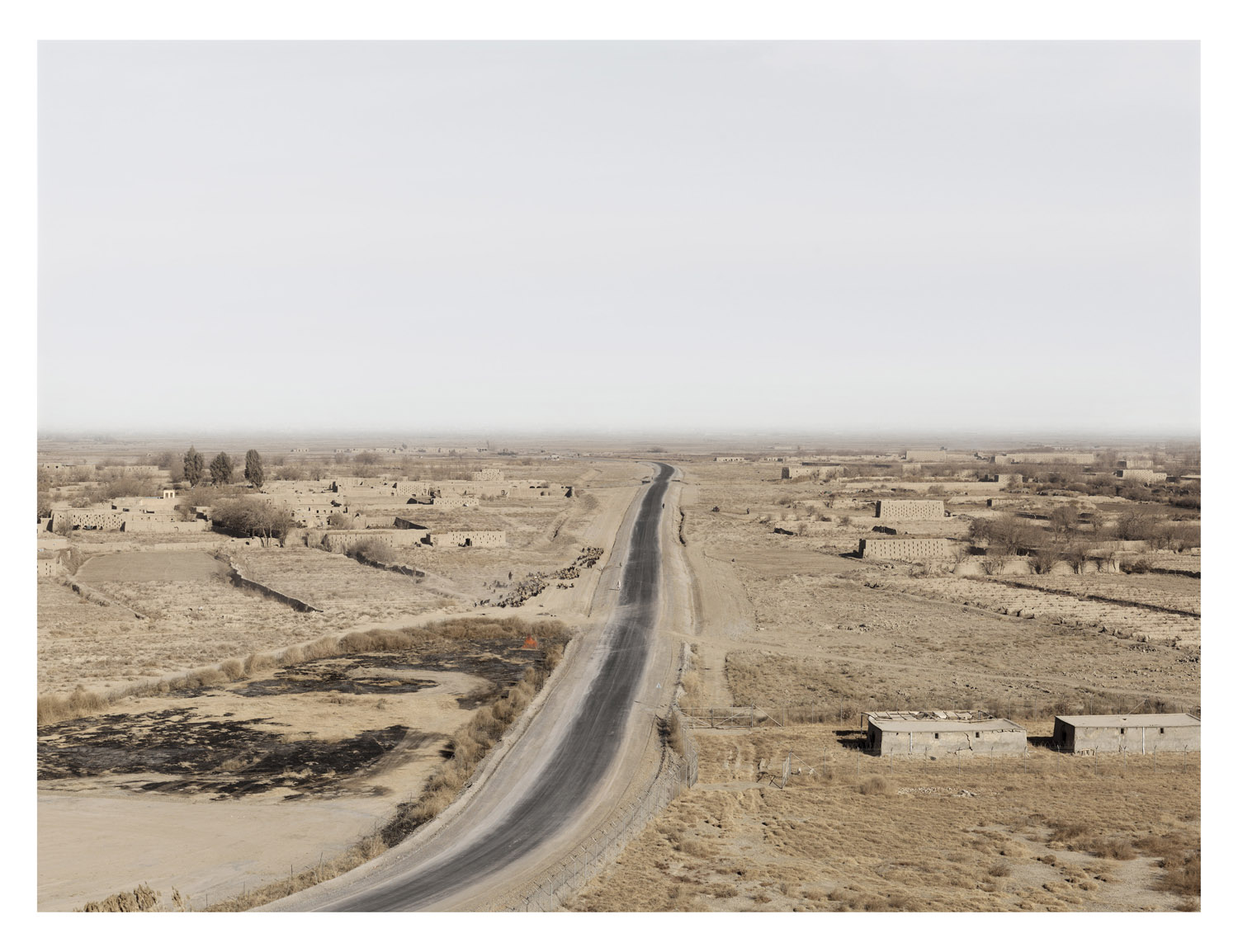




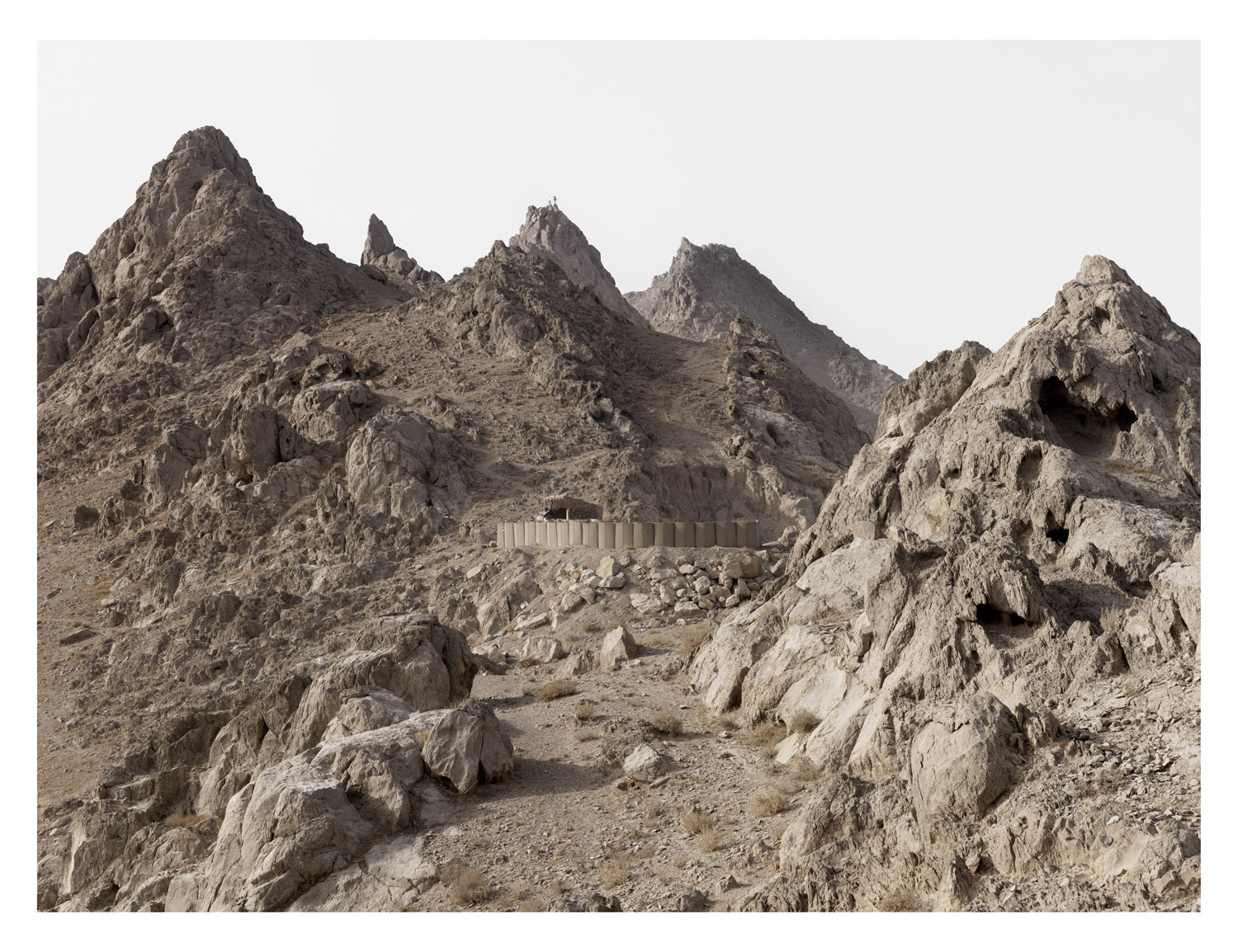
More Must-Reads from TIME
- Why Trump’s Message Worked on Latino Men
- What Trump’s Win Could Mean for Housing
- The 100 Must-Read Books of 2024
- Sleep Doctors Share the 1 Tip That’s Changed Their Lives
- Column: Let’s Bring Back Romance
- What It’s Like to Have Long COVID As a Kid
- FX’s Say Nothing Is the Must-Watch Political Thriller of 2024
- Merle Bombardieri Is Helping People Make the Baby Decision
Contact us at letters@time.com